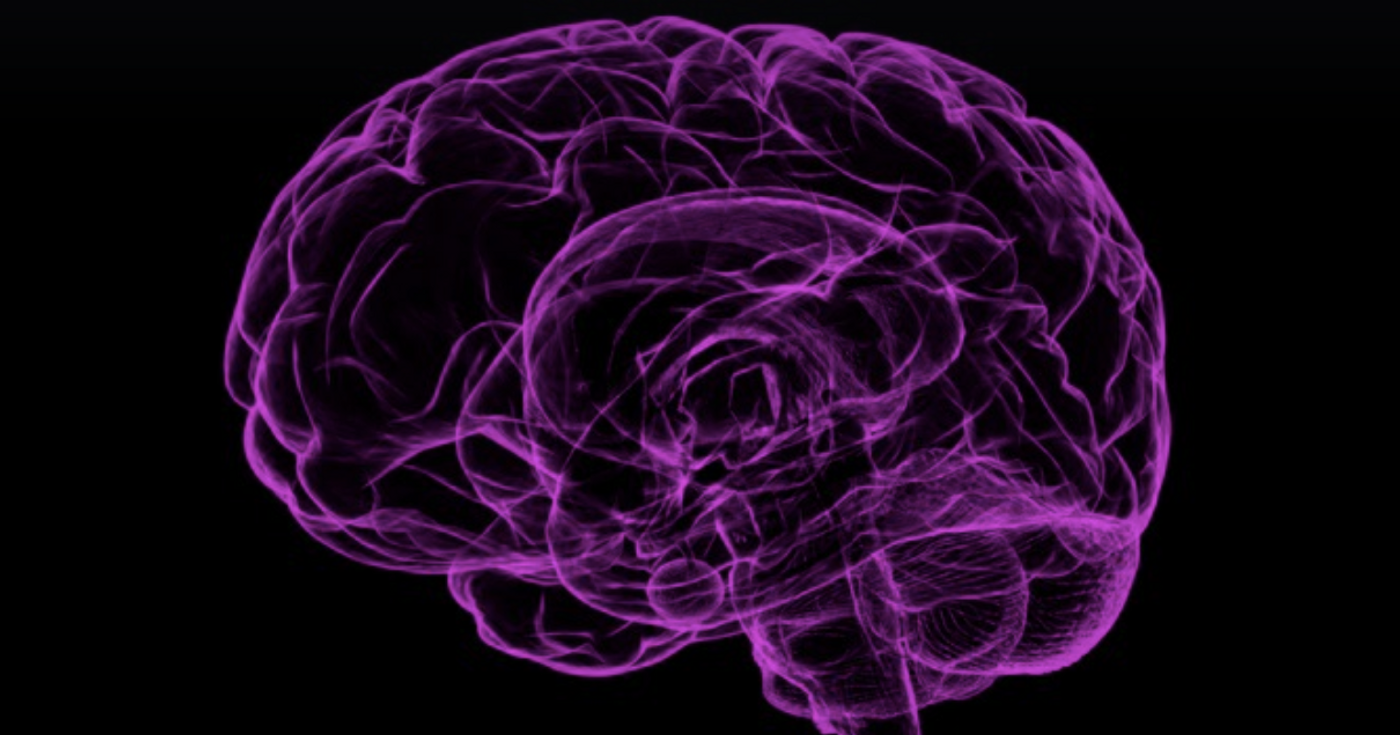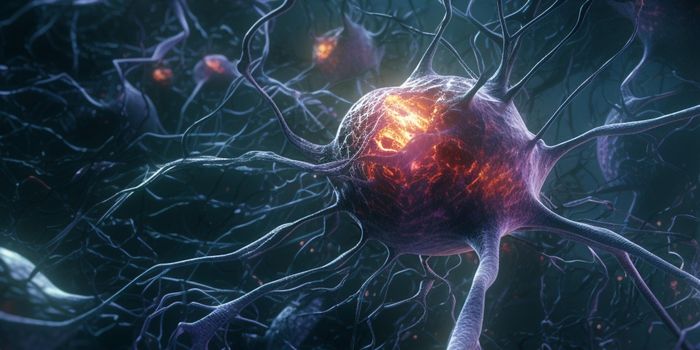Illuminating the Complexity of the Human Hypothalamus
The hypothalamus is a small but crucial part of the brain that exerts control over a variety of critical functions like circadian rhythm, blood pressure, hunger and satiety, sleep-wake cycles, and stress responses. Assessments of the hypothalamus, the nerve cells it contains, and the hormones and other substances they produce and release, have been primarily modeled and studied in animals. Researchers have now performed a careful examination of the cells that compose the human hypothalamus, assessing them at the single-cell level from development to adulthood to learn more about the features of these cells. The work, which was part of the Brain Research Through Advancing Innovative Neurotechnologies (BRAIN) initiative, has been reported in Science Advances.
In this study, gene expression in 241,096 hypothalamic cells was analyzed in around 370 different subtypes of neurons that are part of ten subregions of the hypothalamus. These cells include immature neurons that are growing during development and mature neurons in the adult brain. The developing human hypothalamus contains a variety of cells like astrocytes and oligodendrocytes. The adult human hypothalamus is home to a diverse population of neurons; it includes both excitatory and inhibitory neurons, glutaminergic, GABAergic, and histaminergic cell populations, which can all be identified by the genes that they express.
The investigators also compared the cells in the human hypothalamus to those in the mouse hypothalamus, based on previously published data. This showed that many types of cells found in the human hypothalamus have analogs in the mouse hypothalamus. The genes that are regulating these cells are very different, however.
This study has also revealed some of the drivers of neuronal maturation during the development of the human forebrain. It has greatly expanded our understanding of the human hypothalamus; the cell atlas that was generated in this study has described three times more distinct cell populations in the human hypothalamus compared to previous studies.
Now, this research could help us understand more about certain health issues or disorders, especially since so many of the body's basic processes are closely connected to how cells in the hypothalamus are functioning.
If hypothalamic cells are to ever be therapeutically targeted, it would be very helpful to kwon exactly what types of cells are in the region and how they could be impacted.
Sources: Columbia University, Science Advances









